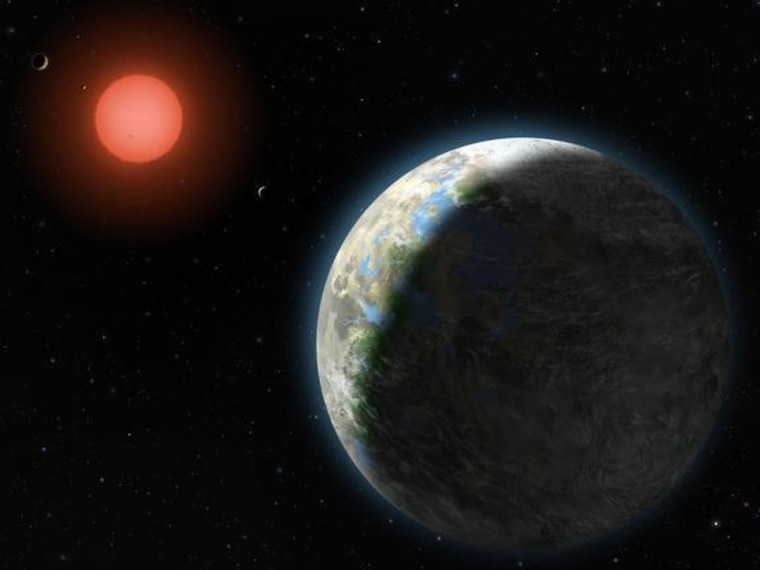What astronomers thought were a pair of potentially life-friendly alien worlds are illusions, apparitions conjured up by a star's intense magnetic activity, a new study suggests.
Astronomers have confirmed the existence of more than 1,700 planets beyond the solar system in the past 20 years. Of special interest are exoplanets in habitable, or Goldilocks, zones, the regions around stars just warm enough to possess liquid water on their surfaces.
One star that sparked great interest recently was Gliese 581, also known as GJ 581, which scientists thought may have possessed as many as six planets, including Gliese 581g, which its discoverers suggested was the first known potentially habitable alien world. However, Gliese 581g has since attracted much controversy over whether it exists or not.
The existence of exoplanets Gliese 581e, 581b and 581c is well-established. However, the existence of the other three potential worlds — 581d, 581f, and 581g — has been hotly debated. Tantalizingly, both Gliese 581d and 581g appeared to lay within their star's habitable zone.
One way astronomers detect exoplanets is the radial velocity method, which looks for repeated shifts in a star's light that are signs of a planet's gravitational pull yanking the star back and forth. However, radial velocity effects attributed to planets are sometimes actually just due to dark spots on the star itself, as was the case with Gliese 581f, which scientists no longer believe exists.

To help resolve the debate over whether potentially habitable worlds Gliese 581d and 581g are real, astronomers investigated the activity of the host star, Gliese 581. The scientists now find these controversial worlds are apparently illusions created by a noisy star.
"We've proven that some of the controversial signals from Gliese 581 don't come from two proposed Goldilocks planets, but instead are coming from activity within the star itself masquerading as planets," lead study author Paul Robertson, an astronomer at Pennsylvania State University in University Park, told Space.com.
- Charles Q. Choi, Space.com
This story is a condensed version of an article that originally appeared on Space.com. Read the entire story here. Follow us @Spacedotcom, Facebook or Google+.
- The Strangest Alien Planets (Gallery)
- The Search For Another Earth | Video
- Candidate 'Goldilocks' Planets Debunked, New Research Finds | Animation
Copyright 2014 SPACE.com, a TechMediaNetwork company. All rights reserved. This material may not be published, broadcast, rewritten or redistributed.